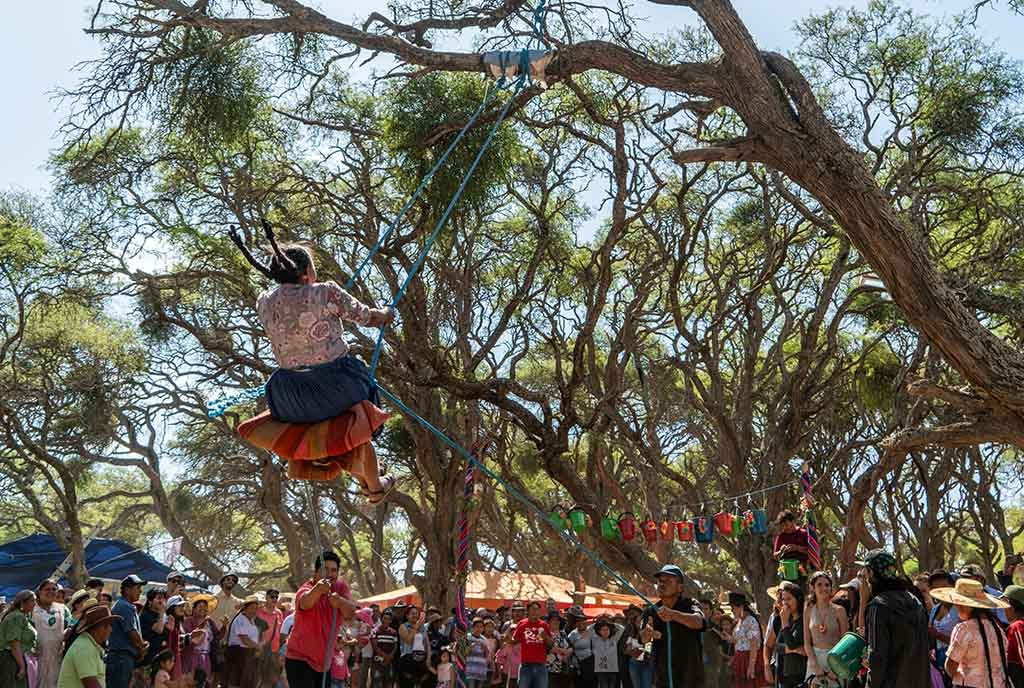November 4, 2014; News Record (Cincinnati, OH)
ArtWorks Cincinnati employs and trains local youth and talent to create art and community impact through three strategic programming areas: public art, including an extensive mural program; an art therapy division, ArtRx; and an entrepreneurial arm, Creative Enterprise. They have employed over 3,000 youth and artists and with 1,000 plus partners in the community. Recently, ArtWorks partnered with Cincinnati Metro to integrate public art projects throughout the community in various ways.
New York–based photographer Richard Renaldi was brought in to extend his internationally acclaimed project “Touching Strangers” to the Cincinnati area. “Touching Strangers” is a photography project, begun in 2006, in which Renaldi joins strangers together in photographic poses to send the idea that we are all one community. It’s an interactive project that highlights the diversity and range of a community or region and how we, as people, interact with strangers.
Sign up for our free newsletters
Subscribe to NPQ's newsletters to have our top stories delivered directly to your inbox.
By signing up, you agree to our privacy policy and terms of use, and to receive messages from NPQ and our partners.
For two weeks, Renaldi worked in Cincinnati with two local professional artists, four high school ArtWorks apprentices, and over 300 interviewed students to bring a new light to “Touching Strangers.” The final project captured strangers in 20 different photos from Renaldi and eight photos from the local professional and student team. The photos were put on display as part of a biannual lens-based exhibition and then were transferred to transit cards, a vinyl bus wrap, and bus shelters around the city.
For Cincinnati Metro, this project immediately spoke to their mission because the public transit system brings together people in a community in a unique and otherwise uninhibited way. These photographic artworks speak to the core of public transit and shed light on the interactions people have on public transit through art. Public art is a catalyst for branding an identity, personality, or feel of a city or region. It harnesses the idea that art can be accessible to anyone, the way that the public transit is accessible to all. Again, the transit rail provided a natural place to have public art for the community. As for Cincinnati, David Heyburn, public art manager at ArtWorks, says, “Infusing art into public spaces in meaningful ways can create emotional connectivity to that place.”
Public art matters, and it gives an area identity and social and economic value. Public planners should care about art because it gives residents a reason to stay and tourists a reason to visit. The dialogue on public art continues to evolve and we should anticipate more planning efforts integrating public art into the infrastructure of our lives. Art is now place.—Jennifer Swan













